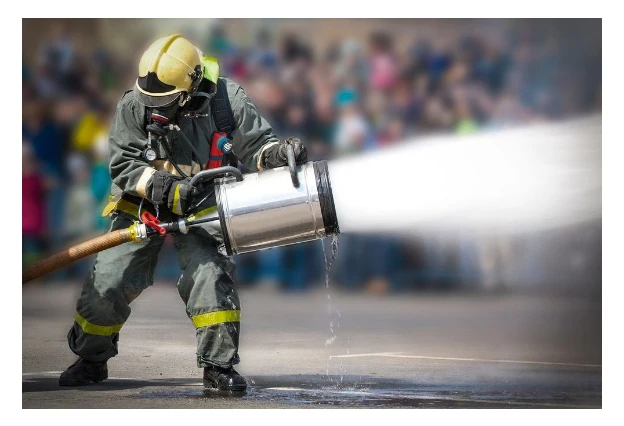AFFF (Firefighting Foam) Lawsuits

Since the 1940s, man-made chemicals known as per- and polyfluoroalkyl substances (PFAs) were used in various applications including adhesives and coatings. The United States military began using firefighting foam containing these chemicals in the 1960s. The Environmental Protection Agency linked these substances to health hazards for firefighters and people residing near military bases or other places where the groundwater was contaminated.
Individuals who have suffered health issues and cities with toxins in their drinking water due to firefighting foam are filing lawsuits against the companies that manufacture these chemicals. There are currently over 2,000 lawsuits pending in multidistrict litigation based in the United States District Court for the District of South Carolina.
Case Works Can Help
If you are a plaintiff’s attorney representing those harmed by firefighting foam, Case Works assists with client intake and communications, medical record requests, and case operations. Case Works will support your firm with the staff and resources to handle a large volume of cases. Case Works has developed technology for case management and employs medically trained professionals to make sense of medical records. The resources that Case Works provides will save your firm time and resources by not having to hire additional staff to handle an increased caseload.
Background of Firefighting Foam
Aqueous film-forming foam (AFFF) is used to suppress liquid-based fires and is commonly used in places like airports and military bases where fires are inadvertently started by oil and fuel. Firefighting foam is a leading cause of per- and polyfluoroalkyl substances contaminating drinking water. Per- and polyfluoroalkyl substances dissolve easily in water and contaminate natural areas that supply a local population with drinking water. Firefighting foam is used in fire suppression and mandatory testing at high-risk locations like airports, refineries, and military bases. The states that have banned aqueous film-forming foam still allow it in instances when there is no alternative solution.
The Department of Defense has identified 687 military installations that will require treatment for per- and polyfluoroalkyl substances released by firefighting foam. The Department has already spent over $3 billion on this clean-up, including providing bottled water and installing water treatment facilities.
Where is this litigation headed?
The upcoming trials in the District of South Carolina will decide legal issues and compensation amounts that will set the tone for the remaining 2,000+ plaintiffs. With the prevalence of firefighting foam contaminating drinking water across the country, there could be countless cases of individuals harmed by the chemicals released into the environment. States will also be looking to perform remedial action to clean up tainted groundwater and seek compensation from the manufacturers of per- and polyfluoroalkyl substances.
As with most litigation, the bellwether cases in the District of South Carolina will reveal who knew firefighting foam was hazardous and when. If the plaintiffs win at trial, the knowledge and possible coverup of that knowledge, will no doubt influence the court’s decision to award punitive damages. The standards set by the initial trial will affect the ability of individuals to be compensated and for municipalities to ascertain funds to clean up contaminated drinking water.
Firefighting foam is still approved for use in instances where there is no alternative fire suppressant available. Despite the fact that some states have banned the manufacturing of firefighting foam, it is still approved for use in emergency fire fighting situations. These instances are still at risk of polluting drinking water with harmful forever chemicals and are treated with a full spill response. The National Defense Authorization Act requires the Department of Defense to ensure that an alternative is found by October 1, 2023. It can be anticipated that continued exposure to firefighting foam will create a litigation trend going forward.